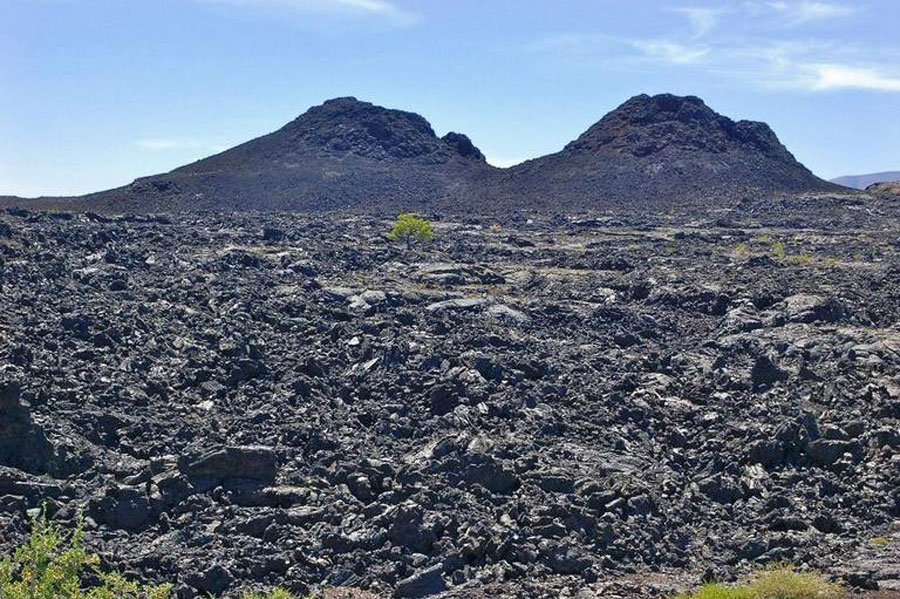Tiny plastic particles are piling up in Idaho’s wild places, according to this study
Published at | Updated at
BOISE (Idaho Statesman) — A recent study published by a Utah researcher found wind and rain are scattering tiny pieces of plastic throughout national parks and wilderness areas in the West — including one unique landscape in Idaho.
Janice Brahney, an assistant professor of watershed scientists at Utah State University, last month published an article on “microplastics” that are being distributed across the region by weather patterns. One of the areas she studied was Craters of the Moon National Monument and Preserve, a lava flow landscape in southern Idaho.
“With all the sites, I picked remote wilderness and park areas in the western United States where we tend to see dust deposition occurring,” Brahney said in a phone interview. “So I was specifically trying to see how dust deposition might vary across space and time.”
Brahney told Audubon Magazine last month that she stumbled across the microplastics by mistake. Brahney studies dust distribution and composition and noticed the tiny, colorful pieces of plastic while examining sediments for another project.
“When I started looking at my samples and seeing so many bits of plastic, I just knew this was really important and really wanted to understand what was happening,” Brahney said.
The majority of the pieces turned out to be synthetic microfibers that are used in clothing. About 30% were “microbeads” like the ones used in facial scrubs and other beauty products.
Brahney used weather modeling and samples of dust collected by the National Atmospheric Deposition Program to try to determine the origin of the microscopic litter that was landing in places such as Grand Canyon National Park and Utah’s High Uintas Wilderness. She found that “about 10 to 20% of the plastics being deposited were explained by movement of air masses over urban centers before it reached our deposition site,” meaning wind picked up the particles and swept them into remote areas like Craters.
Storms that hadn’t passed over cities deposited far fewer microplastics, though they were still present in samples Brahney studied.
In all, she estimated that about 1,000 metric tons of microplastics fall per year in the wilderness areas she studied — about 8 metric tons of that will accumulate in the 1,100 square miles that make up Craters of the Moon.
“(The plastic particles) are likely accumulating in the soils and the water bodies there,” Brahney said. ”… They can be moved from rain, wind, river action. But certainly some proportion is going to remain in the soil.”
And that reality is not just isolated to Craters, though it was the only Idaho site Brahney studied. She said microplastics tend to accumulate in high-elevation areas — like Idaho’s mountains and alpine lakes. The mountains are more exposed to pollutants deposited by the atmosphere, and their ecosystems tend to be more delicate due to the lower number of species that exist there, Brahney said. That makes microplastics a potentially bigger problem in Idaho and the West.
“(Mountain areas) experience climate change in ways that are more extreme than other places,” Brahney said.
Brahney said her findings are indicative of the need to reduce plastic use through means like better consumer choices, less wasteful habits and better waste management strategies. Still, the problem with microplastics may persist for some time.
“The plastics we’re seeing in the atmosphere are old,” Brahney said. “They’re not plastics we threw out yesterday. They were thrown out maybe a few decades ago.”
EastIdahoNews.com comment boards are a place for open, honest, and civil communication between readers regarding the news of the day and issues facing our communities. We encourage commenters to stay on topic, use positive and constructive language, and be empathetic to the feelings of other commenters. THINK BEFORE YOU POST. Click here for more details on our commenting rules.





